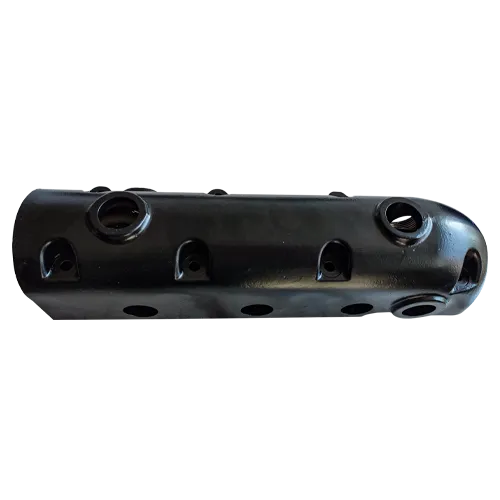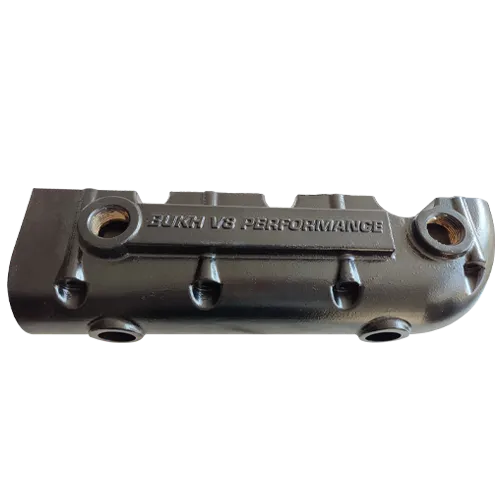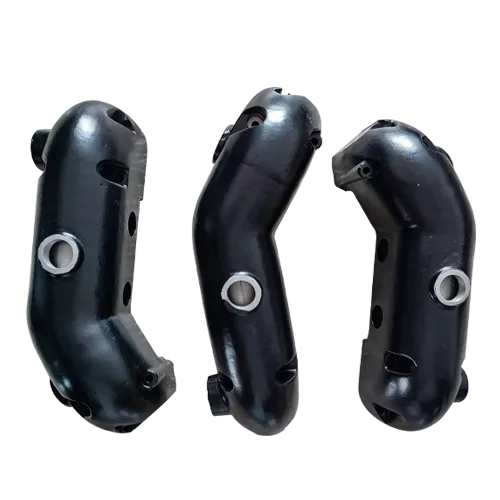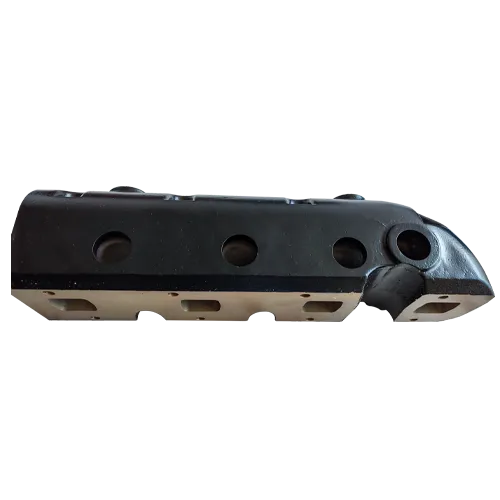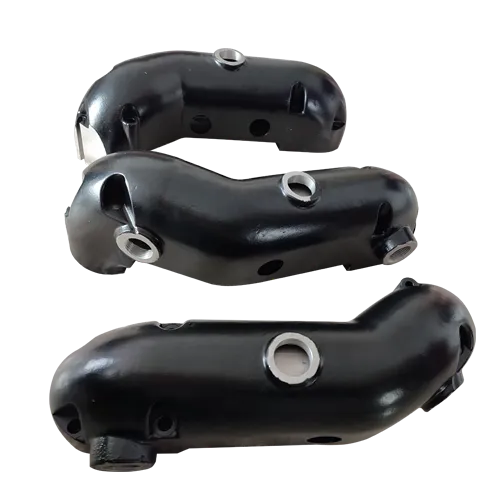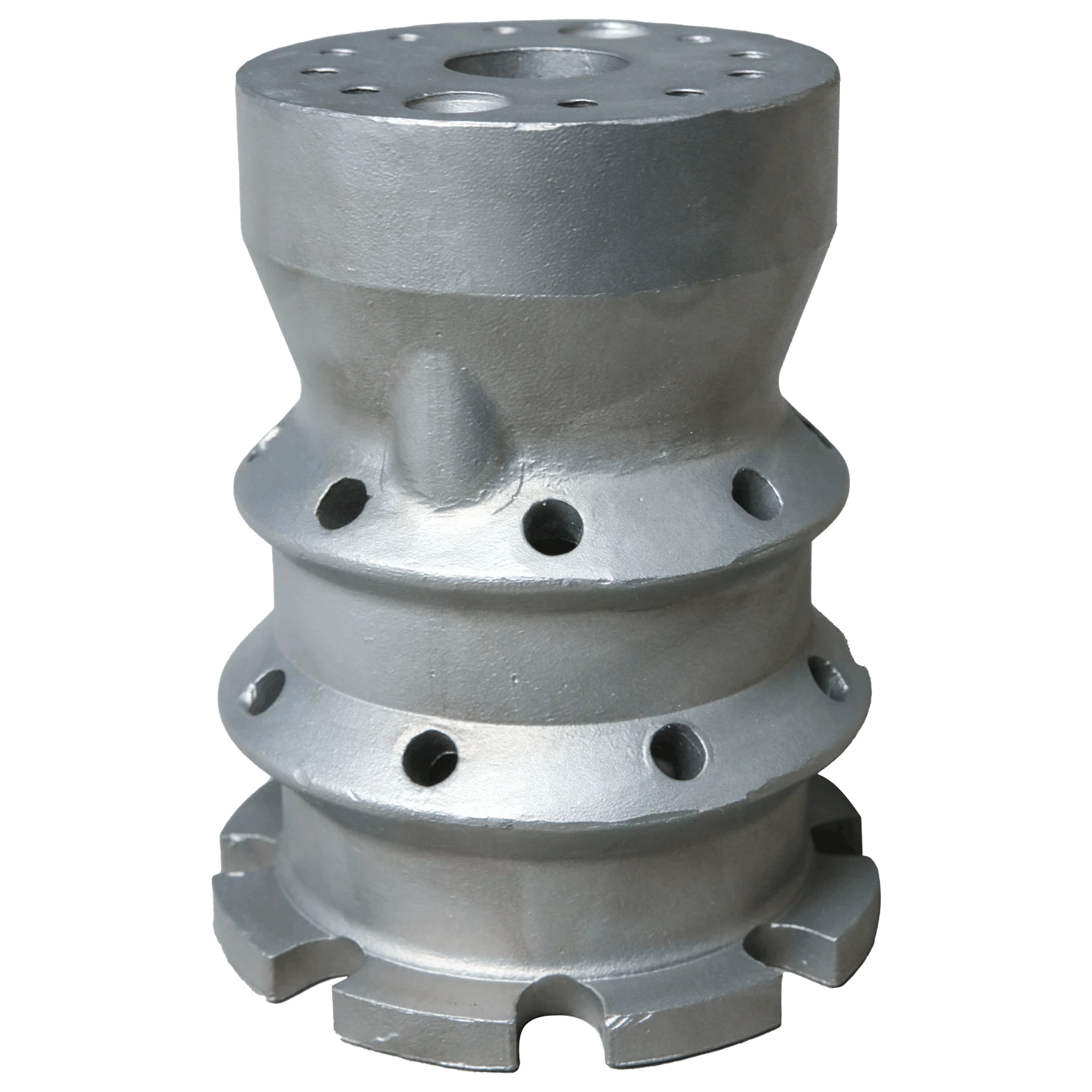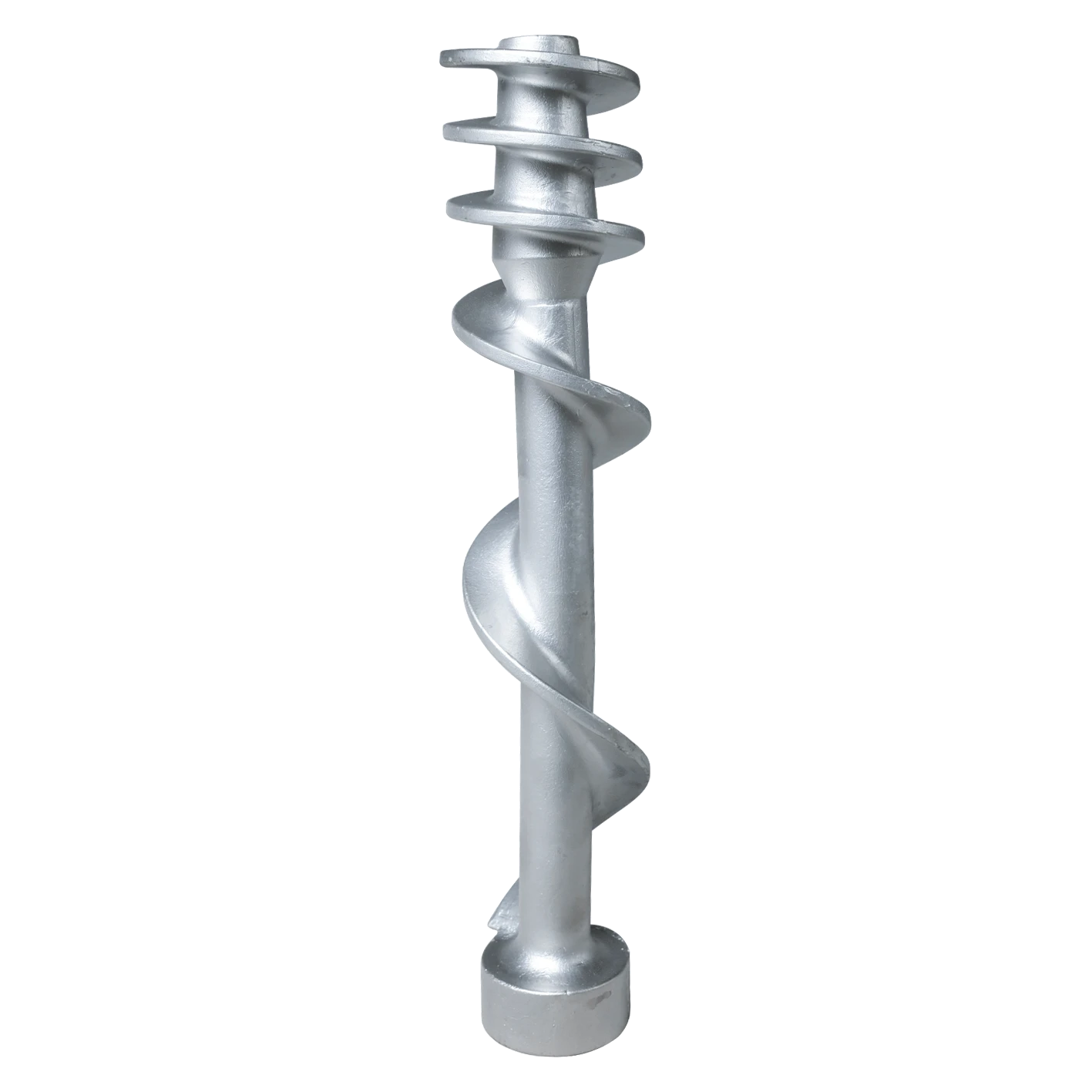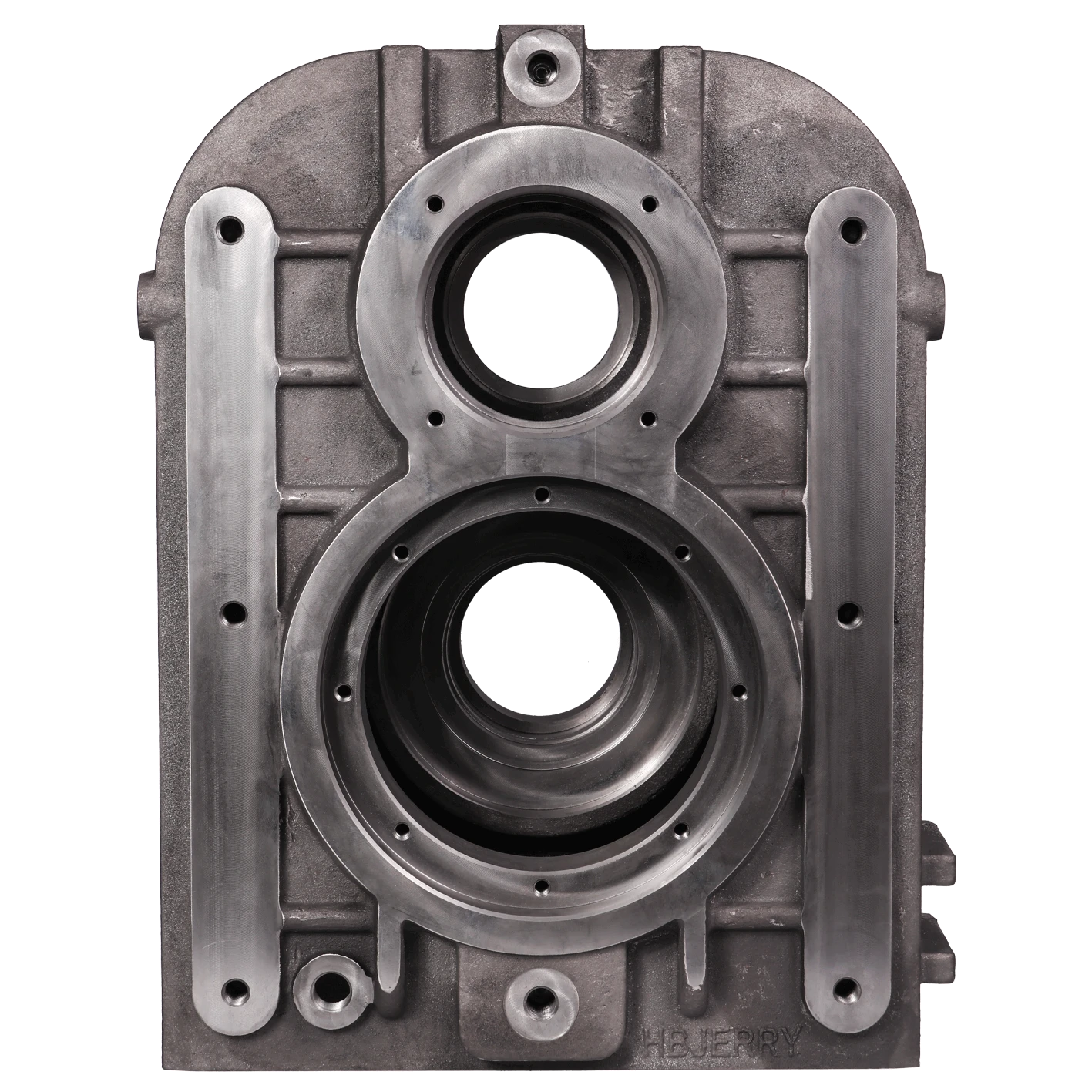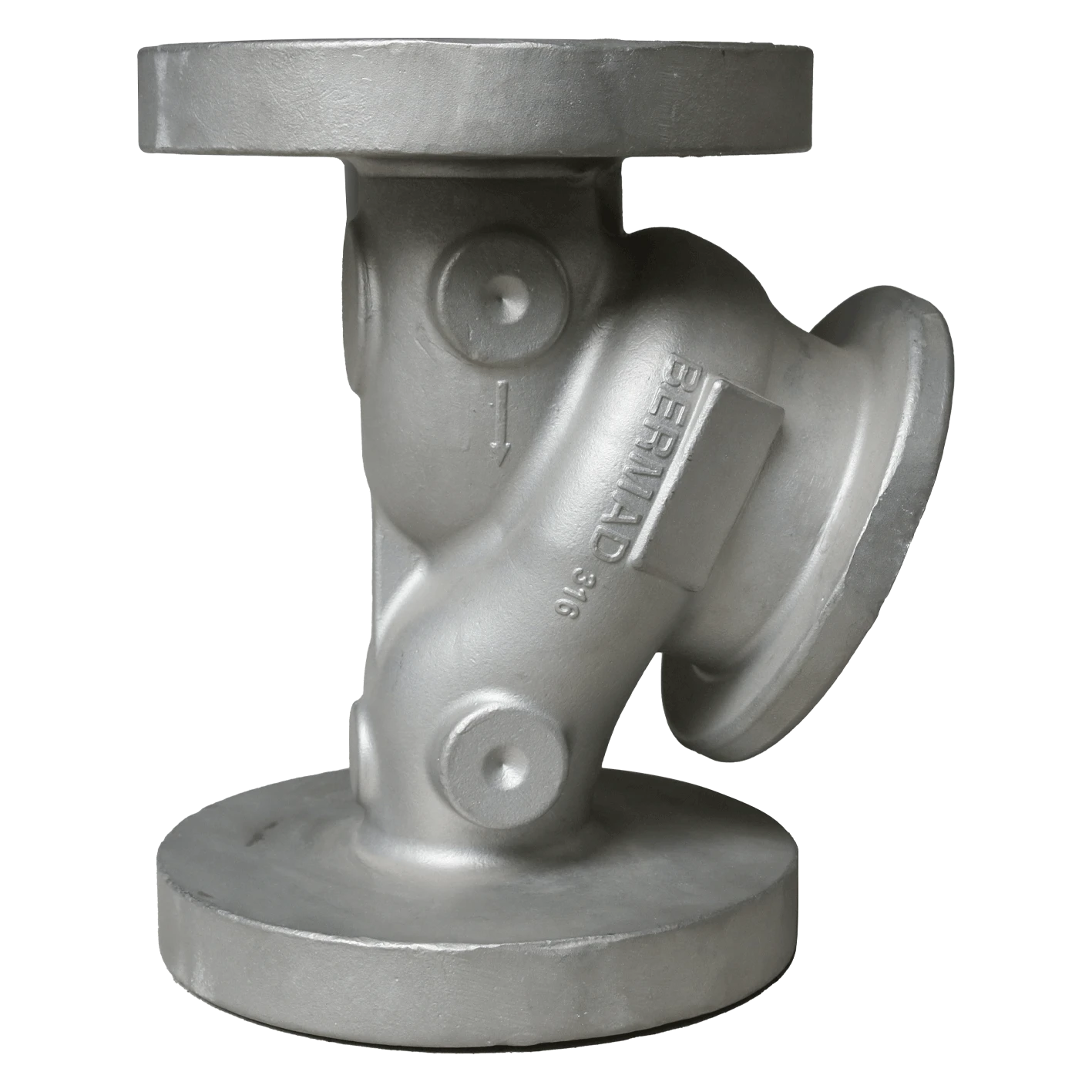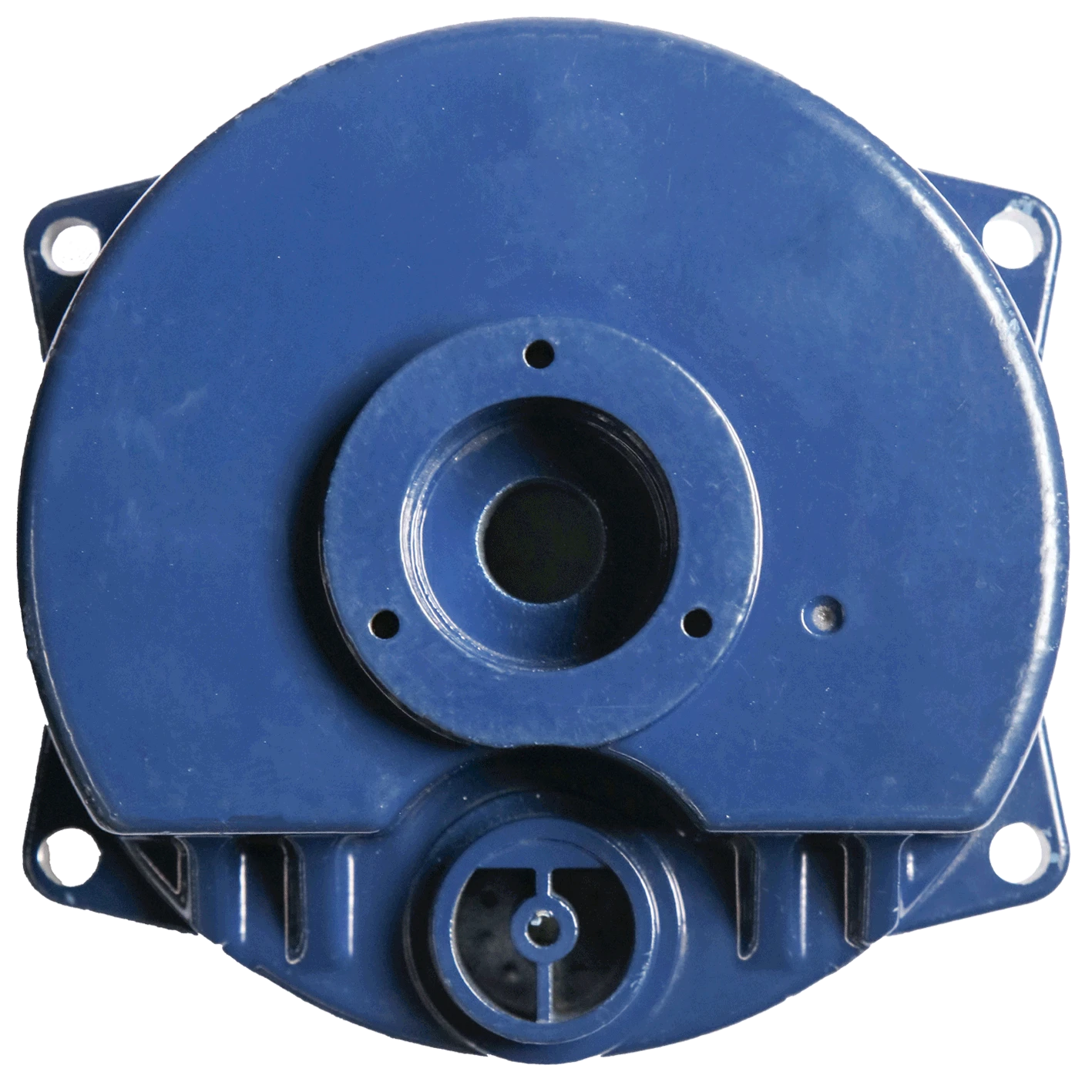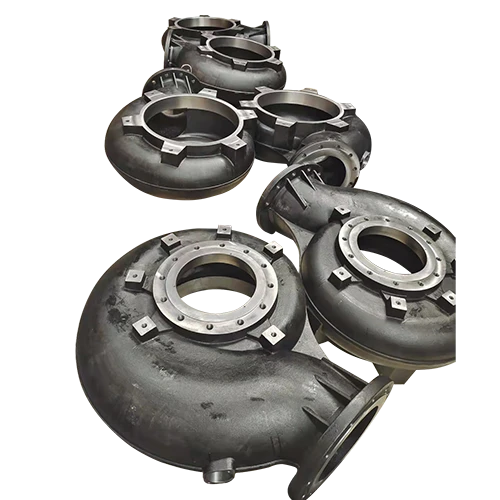Exhaust pipe casting process introduction
First, the traditional sand mold casting process
Traditional sand mold casting process is one of the main ways to produce exhaust pipe castings. The specific method is: the casting core and model with sand bonded into a mold, and then injected into the mold with molten metal, to be cooled by the metal, the mold will be broken, take out the castings. This casting process has the advantages of simplicity, low cost and high productivity. But at the same time, there are also some shortcomings, such as long mold manufacturing time, poor molding accuracy, rough surface of the casting and other issues.
Second, 3D printing casting process
The emerging 3D printing casting process can quickly produce complex shapes of exhaust pipe castings through digital design and printing technology. The specific method is: the use of 3D printing technology and fusible metal powder, the casting mold and casting core layer by layer printing, and then melt the powder with a heat source to achieve continuous molding. This casting process has the advantages of high productivity, high precision, and high material utilization. However, due to the high price of metal powder used in 3D printing technology, the production cost is high.
Third, choose a suitable casting process
Select a suitable casting process should be based on the specific requirements of the exhaust pipe castings, including casting materials, shape and size, appearance requirements, production plant equipment, production process and other considerations. For the requirements of high precision, smooth surface and corrosion resistance and other special properties of the exhaust pipe castings, you can choose 3D printing casting process; for the production of large quantities, simple modeling, appearance requirements of the exhaust pipe castings, you can use the traditional sand casting process.
In short, for different application scenarios, it is very important to choose the right casting process. Need to comprehensively consider the production cost, production efficiency and product quality and other factors, in order to achieve the best production efficiency.
Sand casting engine exhaust pipe casting process Sand casting engine exhaust pipe casting process mainly includes the following steps:
Making the casting mold: the casting core and model are bonded with sand to form a mold.
Pouring molten metal: inject the molten metal into the mold.
Cooling and solidification: After the metal cools down, the mold is broken and the casting is taken out.
Post-treatment: The casting is cleaned, trimmed and other post-treatment work. Source
Iron Mold Over Sand Process In addition to the traditional sand mold casting process, there is another method known as the iron mold over sand process. This method uses an iron mold as the outer mold, covers the surface of the iron mold with a sand mold, and then pours and solidifies the casting. Compared with the traditional sand mold casting, the iron mold sand process has the following advantages:
Higher dimensional accuracy of castings.
Better surface quality.
Higher production efficiency. Source
Related Process Parameters The sand casting engine exhaust casting process involves many parameters, such as:
Casting temperature
Pouring speed
Cooling rate
Post-treatment methods
Material selection These parameters affect the quality and performance of the casting and need to be selected and controlled on a case-by-case basis.


